7 Nights / 8 Days
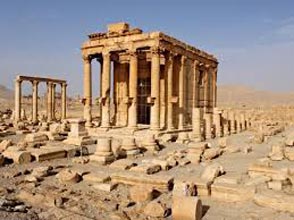
All expenses that are personal in nature
Any thing not mentioned in the tour price includes section
Upon arrival at Damascus airport, you will be met and assisted by your assigned guide. Transfer to your hotel in Bosra and enjoy dinner. Overnight at the hotel
After breakfast, you will be escorted through the monuments of Bosra. The most famous is the theater which is the best among its type in the world. The theatre was built in the 2nd century AD and could seat up to 15,000 people. Unlike other Roman theatres, this one is free-standing. Also see the Lantern gate built in the 3rd century in honour of the Third Cyrenaica Legion. You will also see the Nabatean gate which is the eastern exit to the town and was marked by an archway which is said to date from the first century, the Nabatean period. Outside of the Nabatean gate on the left are the ruins of the Sts. Sergius, Bacchus and Leontus Cathedral, built in 512 AD. It was the first domed building to be built on a square ground plan. The Wind Gate which is a double-storied archway and marks the western entrance to the city. Visit the Al-Omari mosque which began as a pagan temple and is the only mosque surviving from the early Islamic period to preserve its original facades. After seeing Bosra, head to Chahba, which was built as a replica of Rome itself. Visit Qanawat, another ancient Roman City that is of greatest interest to the visitor and amongst the remains is a cluster of columns that were part of a 2nd century temple dedicated to the sun god Helios. In the afternoon/early evening, depart to Palmyra through the famous Syrian semi-desert. Dinner and overnight at the hotel in Palmyra
After breakfast, embark on a morning visit to the spectacular ruins of Palmyra. Sites included are the archaeological museum, the tombs, the temple of Ba鈥檃l considered "the most important religious building of the first century AD in the Middle East and the Bel Temple which is an ancient stone ruin and dates back to 32 AD, The Monumental Arch of Triumph and The Colonnaded Street which is 1100 metres in length and forms the monumental axis of the city, which together with secondary colonnaded cross streets links the major public monuments including the Temple of Ba'al, Diocletian's Camp, the Agora, Theatre, other temples and urban quarters.). Lunch is in a local restaurant. Also see two important sites en route: Hama, an important agricultural and industrial center famous for its norias, the oldest surviving wheels in the World and the archaeological site of Ebla excavated by Italians and dating back to 2500 BC. In Ebla, see the Aramean fortress and the Gateway. Proceed to Aleppo. Dinner and overnight at the hotel in Aleppo
After breakfast, we go for a morning tour to see the highlights in Aleppo. Main sights comprise of the Citadel of Aleppo which sits on a hill in the center of the city and is visible from almost anywhere. Usage of the Citadel hill dates back at least to the middle of the 3rd millennium BC, the archaeological museum which is a truly stunning museum with artefacts from the Stone Age and the times of the Hittites, Romans and Greeks. Also see the Grand mosque which is the largest and most ornate mosque in the city. After lunch, take a drive to the country-side of Aleppo to visit St. Simeon monastery. The St.Simeon is an old church that was dedicated to the famous hermit, St Simeon the Stylite. This church was built around the pillar on which Simeon lived and prayed and became a major centre of pilgrimage. After St.Simeon, drive back to your hotel in Aleppo for dinner. Overnight at the hotel
After breakfast, head west across the coastal mountains to visit the medieval castle of Saladin considered one of the most prestigious castles of the medieval period, especially the most romantic. Its strategic position goes back in history to the Phoenicians who controlled this site in the 1st Millennium BC, and were still holding it when Alexander the Great arrived in 333 BC. Stop for lunch in a nice Mediterranean restaurant in the city of Lattakia. After that, go on a visit to Ugarit, the 2nd millennium site found by the Phoenicians and one of the oldest Bronze Age cities. Enjoy the delights of the royal palace remains and the temples of Ba鈥檃l and Dagon. After Ugarit, head to Tartous, The historic centre of Tartus consists of more recent buildings built on and inside the walls of the Crusader-era Templar fortress, whose moat still separates this old town from the modern city. Visit the Crusaders' cathedral. The cathedral is now the seat of a museum. Then transfer to a hotel in Tartous village. Dinner and overnight at the hotel
After breakfast, visit the Chastel Blanc in Safita. Also called White Tower, it was built by the Knights Templar during the Crusades upon prior fortifications. Constructed on the middle hill of Safita's three hills, it offers a commanding view of the surrounding countryside, and was a major part of the network of Crusader fortifications in the area. Then, drive to Crac des Chevaliers located on a 650 m hill and considered the best Crusade medieval military castle in the world. Enjoy lunch in the castle at the tower of the king鈥檚 daughter. Continue onto Maaloula for an afternoon visit and see two important monasteries- Greek Catholic Mar Sarkis and Greek Orthodox Mar Taqla. Mar Sarkis is one of the oldest surviving monasteries in Syria. It was built on the site of a pagan temple, and has elements which go back to the fifth to sixth century Byzantine period. Mar Taqla monastery holds the remains of St. Taqla; daughter of one of Seleucid princes, and pupil of St. Paul. Get to Damascus in the early evening. Dinner and overnight at the hotel
After breakfast, go on an excitement filled day tour of Damascus. Walk in the Street Called Straight of Damascus which is one of the important Roman streets and stretches for over a mile. See the folklore museum which is a typical 17th century Damascene house; see the fine collection of the national museum of Damascus which is most famously known for the reconstruction of the 2nd century Dura-Europos Synagogue. Lunch is in a cozy town restaurant. Then, leave on a breath taking drive to the top of Qasioun mountain which overlooks the city of Damascus and offers stunning panoramic views of the surrounding areas. Many Muslims also consider this to be the place where Cain murdered Abel. Then return to your hotel. Dinner and overnight at the hotel in Damascus
You have leisure time in the morning and the afternoon for shopping or for taking rest either at the hotel or someplace in Damascus of your choice. In the afternoon, depart for the Damascus International Airport to catch your flight back home.
Important notes
Nothing but sheer passion drives the team 365. We love to give unusual promises that other companies dare not. The inspiration behind each package is the enthusiasm to share what we have seen and experienced at each of these destinations. The vast and vivid gifts of nature and unimaginable contributions of human cultures all through stimulate us to experiment more for our customers. The points given below will give you a better idea of our commitment. Read More...
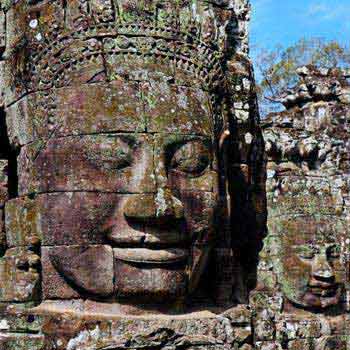 4D/3N
4D/3N
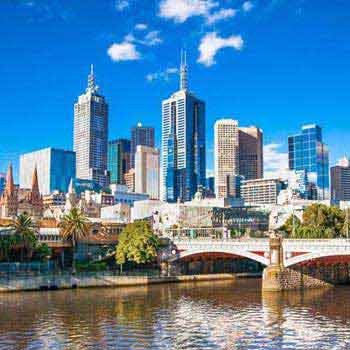 14D/13N
14D/13N
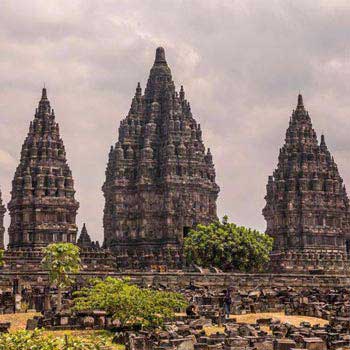 4D/3N
4D/3N
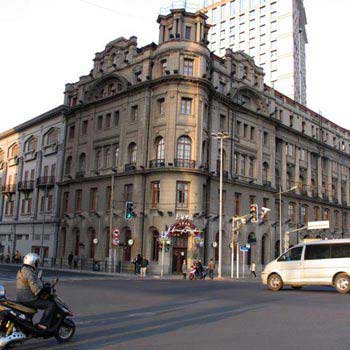 8D/7N
8D/7N
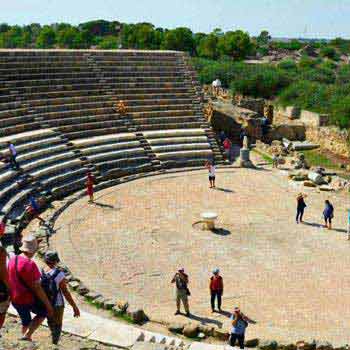 8D/7N
8D/7N
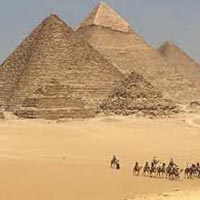 5D/4N
5D/4N
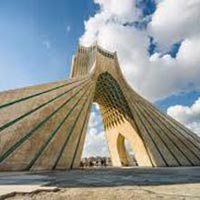 8D/7N
8D/7N
 7D/6N
7D/6N
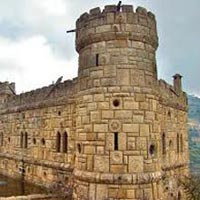 6D/5N
6D/5N
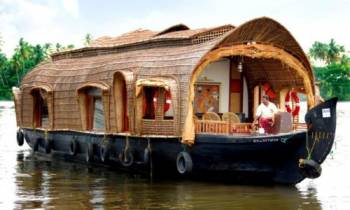 8D/7N
8D/7N
 8D/7N
8D/7N
 8D/7N
8D/7N
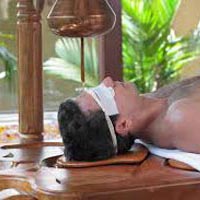 8D/7N
8D/7N
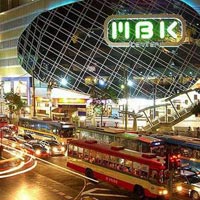 8D/7N
8D/7N
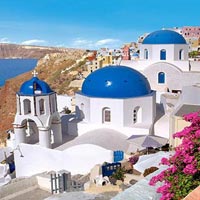 8D/7N
8D/7N
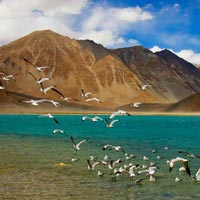 8D/7N
8D/7N
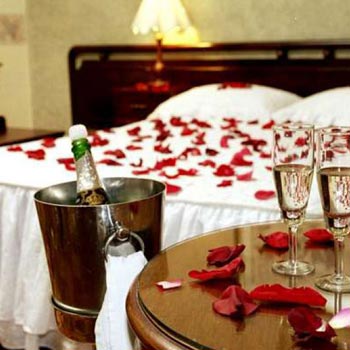 8D/7N
8D/7N
Delhi Shimla Manali Honymoon Package
New Delhi - Shimla - Manali - Chandigarh City
 8D/7N
8D/7N
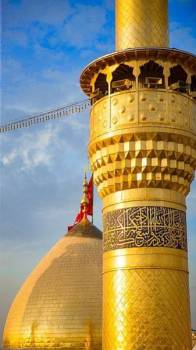 23D/22N
23D/22N
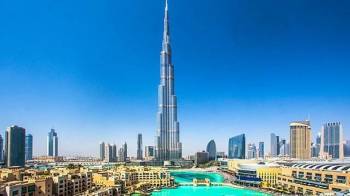 6D/5N
6D/5N
 8D/7N
8D/7N
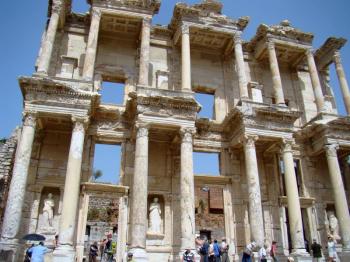 8D/7N
8D/7N
 10D/9N
10D/9N